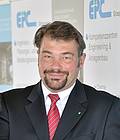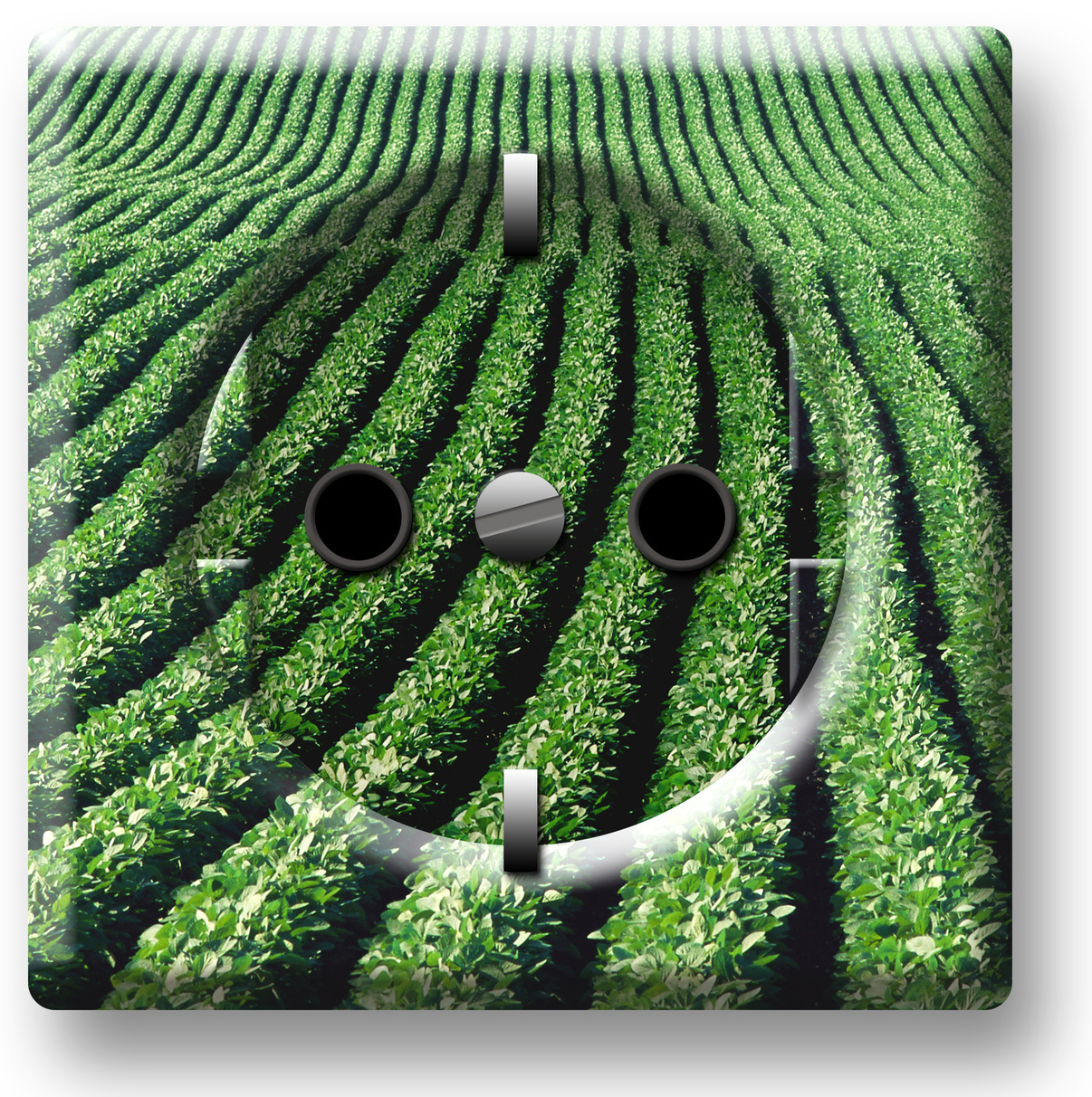

We make you independent.
The use of fuels obtained from renewable raw materials and residual biological substances, and the associated utilization of the energy stored or contained in them is becoming increasingly attractive to potentially interested parties and plant owners in industrial and the recycling sector.
The main reasons for choosing biomass plants are that they give you independence from fossil sources of energy, and are an efficient and thus cost-effective way of generating energy. The EPC Group offers potential customers complete plants that can equally well use monovalent and/or bivalent fuel (a fuel mix). Wood chips (natural or waste wood) and granulated or pelleted substitute fuels made from residual material can be used as fuels. Solid residues, e.g. from the paper industry, can also be thermally utilized.
Biomass plants
The plants offered by the EPC Group for generating energy from solid biomass comprise the following system components:
- Biomass-fired steam boilers and hot water boiler systems
- Fuel storage, fuel dosing systems
- Flue gas cleaning systems (dust removal)
- Peripheral devices
- The design ensures compliance with the emission limits (for example those in sections 4 and 17 of the German Federal Emission Protection Act).
Your advantages at a glance. What you can expect from us:
- Calculation of the necessary investment costs / quick return on investment
- Utilization of subsidies and allowances
- Efficient use of regenerative energies with combined heat and power (CHP)
- Optimization of the overall CO2 balance
- Creation of a decentralized compact solution to provide an optimum energy supply
- Assistance with the selection of the location
- Safeguarding the fuel supply
- Analyzis of the electricity and heat requirements
Implementing system solutions all over the world is a matter of routine for us.
Block-type thermal power station (BTTP)
EPC sets up systems with which mains substitution operation is possible. Excess current can be fed into the energy supplier's network. We produce an overall, economical concept for you, attend to applications for subsidies and approvals, and construct and maintain your plants.
EPC Exclusives
Innovative technologies using trichlorosilane and monosilane
Vent gas recovery plants, including rectification units
Hazardous substance stores, including monosilane storage and handling systems
Process control optimized by fluidized bed reactor technology (FBR plants)

Dipl.-Ing. Franz-Josef Willems
Learn more here.
Downloads for EPC Brochures.







